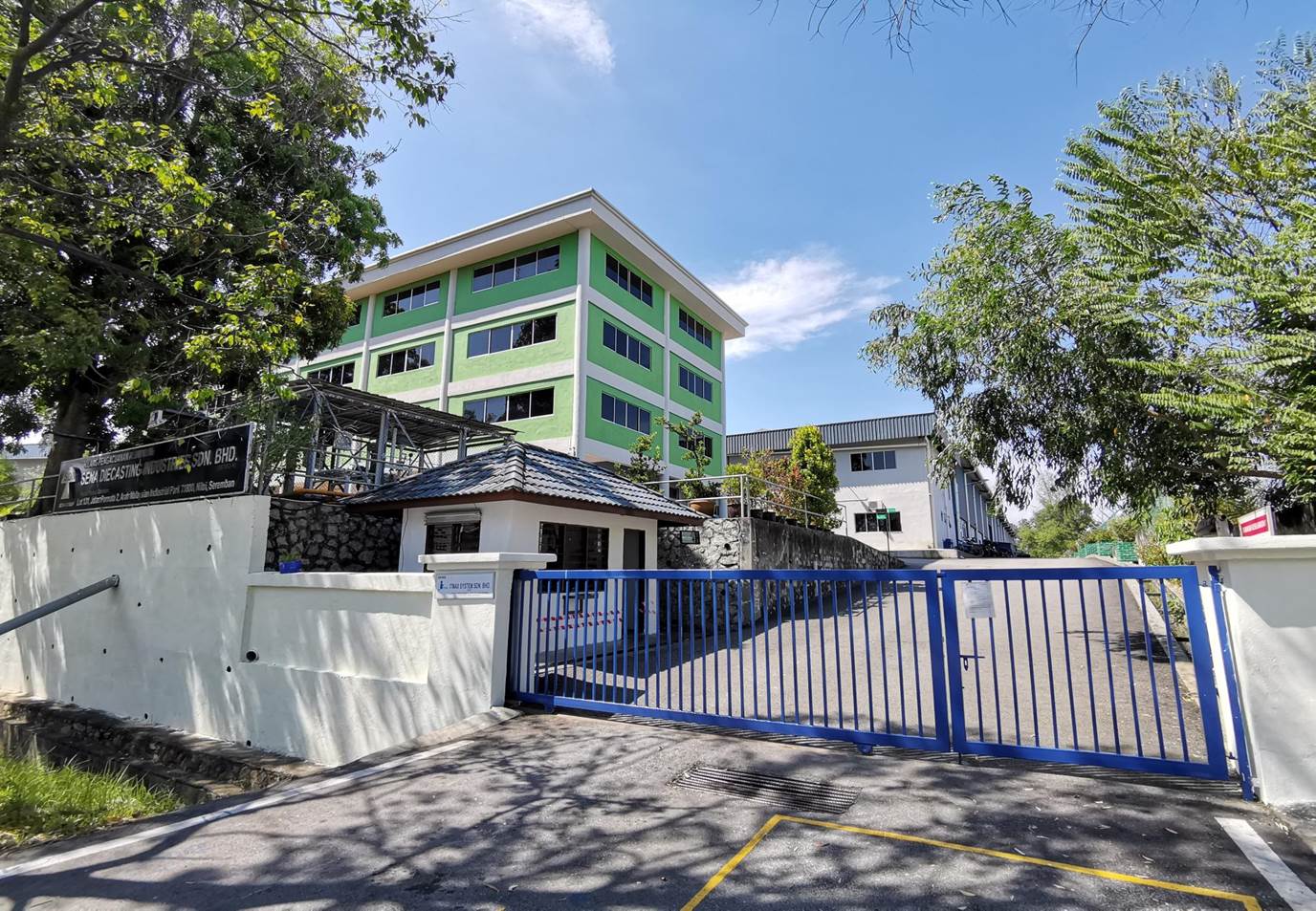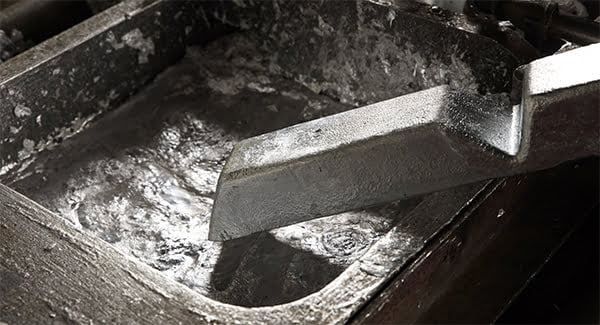The Precision and Versatility of Diecasting
The Precision and Versatility of Diecasting
Blog Article
Diecasting is a highly-specialized manufacturing technique that converts melting metal into precise parts using high-pressure molds. The technique is now indispensable in a variety of industries, such as electronic, aerospace, automotive and even consumer products because it can fabricate complex designs with extraordinary precision and consistency. Through the combination of principles from metalworking with the latest in engineering, diecasting offers unmatched quality and efficacy, making it the foundation of the modern production. This article dives into the intricate world of diecasting, looking at its procedure, advantages, and wide-ranging applications.
Diecasting is the process that begins with the design of the mold, sometimes referred to as a"die," which generally is constructed from the hardened steel. The mold is designed to withstand the high temperatures and pressures used in the process. When the mold is finished for use, the metal that is molten, typically an alloy of aluminum, magnesium, zinc, or copper, is heated to the state of liquid and introduced into the mold at high pressure. The pressure is kept up until the metal has cooled, making sure that the molten material completely fills the mold, including intricate detail and the thin walls. When the metal has cool and formed, the mold is open, and the final piece is released. This method allows for high precision and consistency for the manufacturing of metal components.
One of the major benefits of diecasting is its effectiveness for mass production. When the dies are made this process is able to be repeated thousands or hundreds of times, with no variation in pieces. This level of consistency is critical for businesses that require huge amounts of the same components. Additionally, diecasting is known for its efficiency in manufacturing. Diecasting produces less waste than different metal-forming methods because excess metal can be recycled and reused. This reduces not just costs for materials, but it is also a part of more sustainable manufacturing processes. The combination of efficiency, speed, and high efficiency in the production of materials makes diecasting an attractive alternative for large-scale production.
The versatility of diecasting can be seen in its wide usage across different industries. In the automotive industry For instance diecast components are essential when it comes to the manufacture of engine components, transmission housings, and various other parts of structural design. The components are benefited by the strength and durability provided through diecasting as well as the ability to produce lighter parts, which improve the efficiency of fuel. For aerospace, the need for high-strength component that is lightweight is vital and diecasting offers the precision and material properties necessary for the most demanding of applications. Consumer electronics also rely heavily on diecasting for producing robust and accurate housings as well as internal components, ensuring the reliability and longevity of devices. The medical, telecommunications, and power tools industries further illustrate the broad applicability and importance of diecasting in contemporary manufacturing. To find added details kindly visit www.senadiecasting.com.my/
The materials used in diecasting play a crucial role in determining the properties and the performance of the final product. Aluminum is among the most widely used components due to its high strength-to-weight ratio, resistance to corrosion, and good thermal and electrical conductivity. Zinc alloys are also very popular, offering high toughness, ductility as well as the capability to create pieces with intricately detailed specifics. Magnesium alloys benefit from the advantages that they are the tiniest structure metal. They are the ideal choice for any application that require weight reduction. Copper alloys are less common, are used for their superior electrical conductivity as well as their resistance to corrosion. The selection of the material is based on the requirements specific to the use, including the mechanical properties, climate conditions, as well as cost issues.
Diecasting is a crucial manufacturing method that permits the production of high-precision, high-quality metal parts across many industries. Its capability to make intricate designs with high-quality tolerances, smooth surfaces makes it indispensable for applications with intricate specifications and consistent high-quality. Cost-efficiency and efficiency of diecasting also make it attractive in facilitating mass production and maintaining the highest quality. As technology advances and the need for reliable sturdy, light, and lightweight components grows, diecasting will remain the foundation of modern manufacturing. It drives improvement and quality in production.